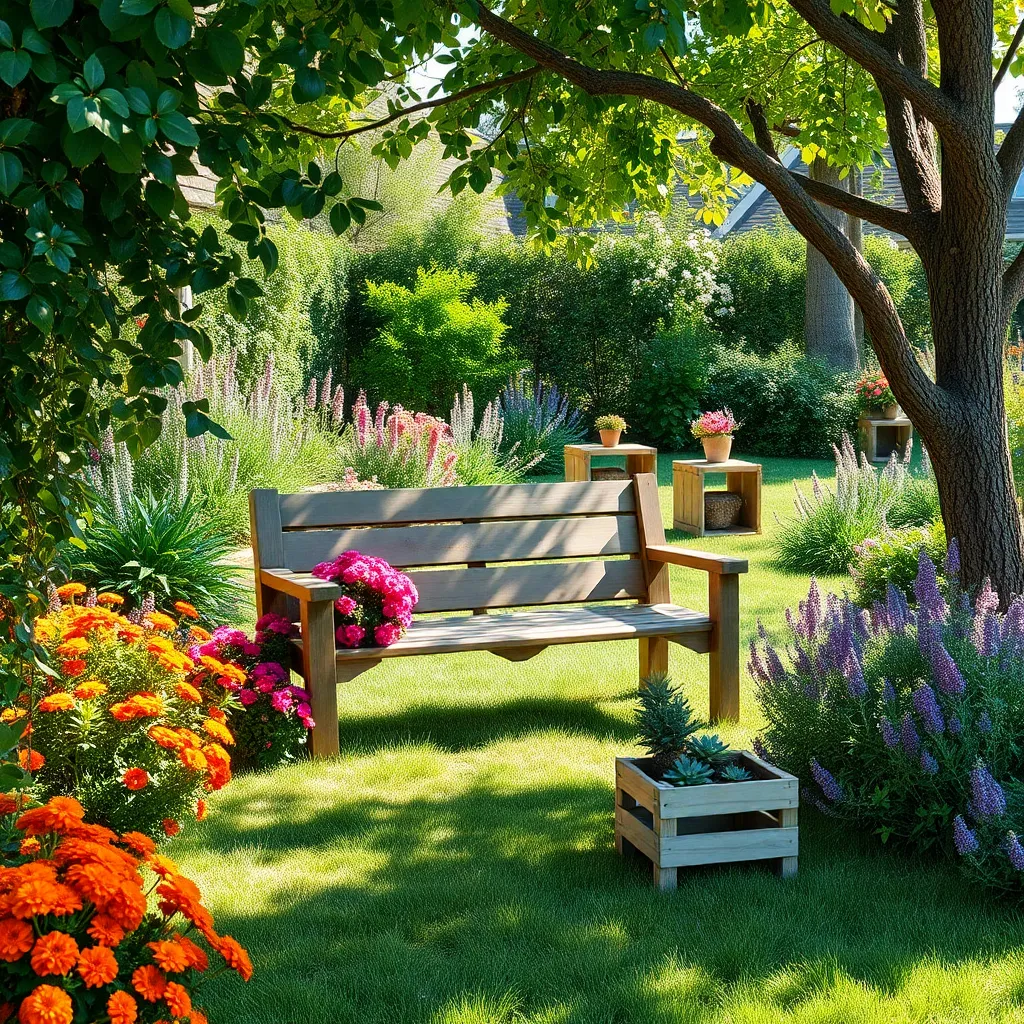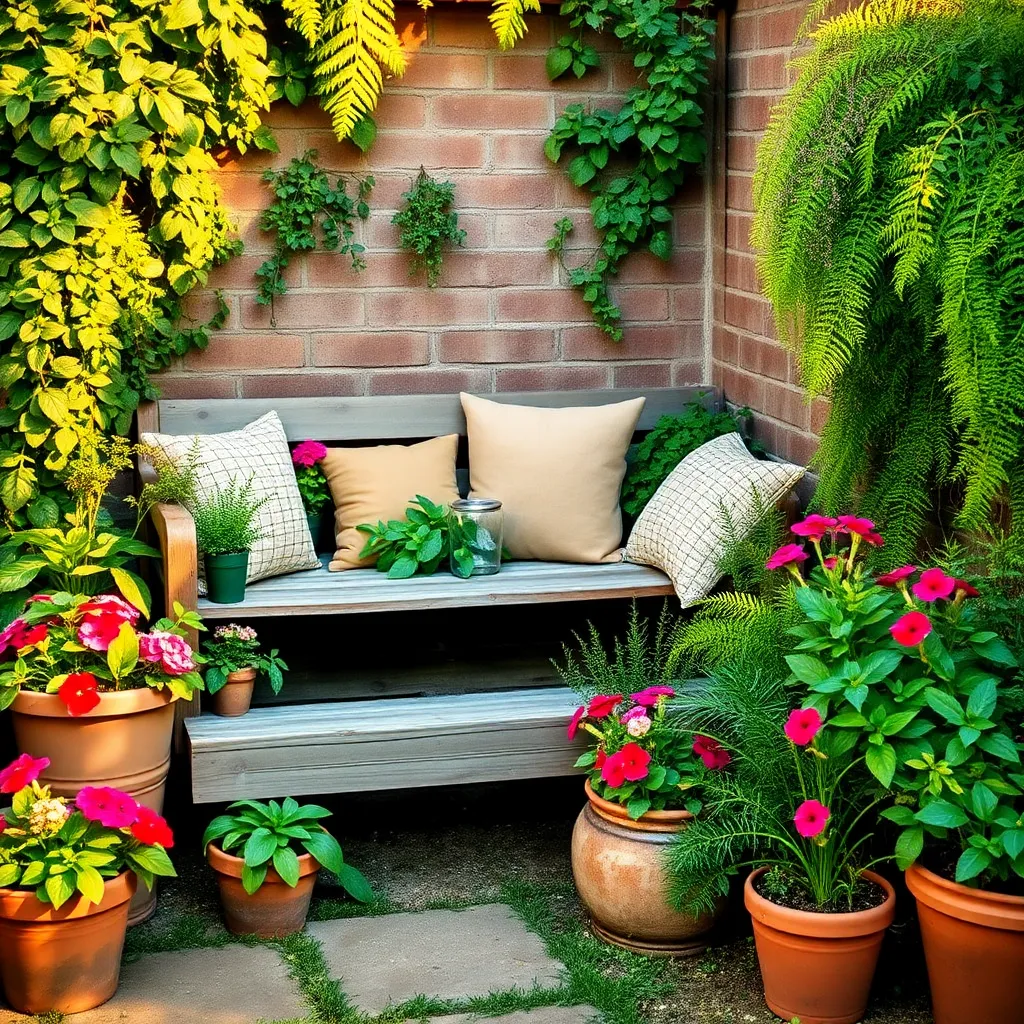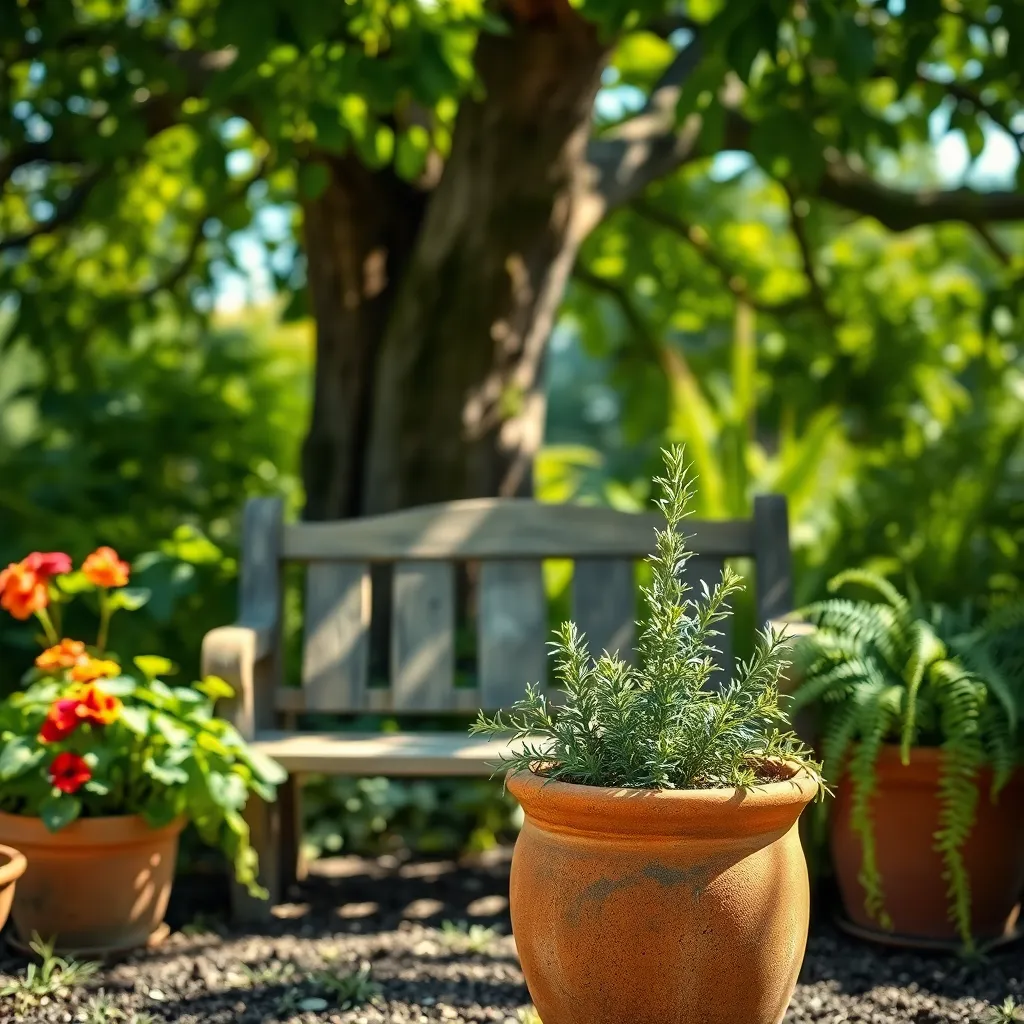Imagine stepping into your garden and being greeted not just by the vibrant colors of blooming flowers, but by a cozy nook that beckons you to sit and bask in the serenity. Creating a garden sitting area on a budget may seem like a daunting task, but it’s an achievable dream that can transform your outdoor space into a personal retreat. Whether you’re a seasoned gardener or just starting to cultivate your green thumb, this project is within your reach. With a dash of creativity and some resourceful planning, you can carve out a charming corner that invites relaxation without straining your finances.
A well-designed sitting area does more than enhance the aesthetics of your garden; it enriches your experience, providing a sanctuary to unwind, reflect, and connect with nature. By the end of this article, you’ll discover how to select the perfect location, choose budget-friendly materials, and incorporate elements that reflect your personal style. You’ll learn how to repurpose items you might already have, making this project both eco-friendly and economical. So, whether you’re yearning for a peaceful escape or a lively spot to entertain guests, your dream garden sitting area is just a few steps away.
For the novice gardener, this guide will demystify the process, offering straightforward advice to navigate the journey from concept to completion. Experienced gardeners will find fresh ideas to refine their existing spaces, adding new layers of functionality and charm. Together, we will explore practical tips and inspiring ideas that cater to any budget, ensuring that your garden becomes a true extension of your home. Let’s embark on this exciting adventure, where your garden can become a haven of comfort and joy.
Choosing the Perfect Spot

When choosing the perfect spot for your garden sitting area, consider the amount of sunlight the location receives throughout the day. Most garden plants thrive in a location that offers at least six hours of direct sunlight daily.
Observing the natural elements in your garden can also help determine the best location. Check for areas of your garden that are sheltered from harsh winds, as this will create a more comfortable sitting area.
Soil quality is another crucial factor to consider when choosing your spot. Test the soil for drainage by digging a hole and filling it with water; if it drains within a few hours, the soil is ideal for most plants.
For those planning to incorporate a variety of plants around the sitting area, consider their specific needs. Herbs and vegetables often prefer well-draining soil, while shade-loving plants like ferns might thrive in less sunny spots.
Budget-Friendly Seating Options

Creating a cozy garden sitting area doesn’t have to break the bank. One affordable option is to use reclaimed wood to build simple benches or chairs. Reclaimed wood can often be sourced for free or at a low cost from local construction sites or community giveaway groups. This not only saves money but also adds a rustic charm to your garden space.
Repurposing items is another way to furnish your garden seating area on a budget. Old pallets can be transformed into stylish and comfortable seating with just a few tools and some creativity. Add colorful cushions or outdoor-friendly textiles to make them more inviting and weather-resistant.
For those who enjoy a bit of DIY, consider crafting your own outdoor furniture from cinder blocks and wood planks. This approach allows you to customize the size and style of your seating area to perfectly fit your garden. Make sure to sand and seal the wood to protect it from the elements and extend its lifespan.
Incorporating natural materials like logs or stones can also provide a unique and cost-effective seating solution. Logs can be cut to size to create stools, while flat stones can serve as sturdy and durable seats. Ensure stability and comfort by leveling the ground beneath them and smoothing any rough edges.
DIY Decor for Your Space

To enhance your garden sitting area, consider using natural elements like stones, branches, and logs. These materials are not only cost-effective but also blend seamlessly with the outdoor environment, creating a harmonious look.
Try crafting a simple, rustic pathway leading to your seating area using flat stones or bricks. This not only adds visual interest but also ensures durability, requiring minimal maintenance over time.
Incorporate vertical elements such as trellises or DIY plant stands made from reclaimed wood. These structures not only add height and depth to your garden but also support climbing plants like sweet peas or clematis, adding lush greenery and color.
For a splash of color, repurpose old containers as planters to display vibrant annuals or herbs. Make sure to drill drainage holes in the containers to prevent waterlogging and promote healthy root growth.
Incorporating Affordable Greenery

Incorporating affordable greenery into your garden sitting area can transform the space without breaking the bank. Start by selecting low-cost, easy-to-grow plants such as marigolds, zinnias, or sunflowers, which add vibrant color and are simple to maintain.
Consider using reuse and recycle techniques to create plant containers. Old buckets, crates, or even a pair of worn-out boots can serve as unique planters, adding character and sustainability to your garden.
For those with less space, hanging pots or vertical gardens are excellent options. Use durable, inexpensive materials like recycled wood or metal to construct your vertical setup, ensuring it’s sturdy enough to support the plants.
Ensure your chosen plants have the right growing conditions by understanding their specific needs. For instance, marigolds thrive in well-draining soil and require about six hours of sunlight daily, while zinnias prefer moderate watering and a warm environment.
To maintain your plants without overspending, practice efficient watering techniques. Water early in the morning to minimize evaporation and use mulch to retain soil moisture, reducing the need for frequent irrigation.
Maintaining Your Sitting Area

Maintaining your garden sitting area is crucial to ensure it remains a welcoming retreat. Start by regularly sweeping away leaves and debris, as this not only keeps the space tidy but also prevents slip hazards and plant diseases.
Periodic cleaning of furniture is essential, especially if your setup includes wood or metal pieces. Use a mild soap solution for cleaning surfaces and consider applying a protective sealant to wooden furniture to enhance durability.
To maintain a vibrant atmosphere, regularly prune surrounding greenery to prevent overgrowth. This will help keep your plants healthy and allow sunlight to reach your sitting area, creating a pleasant environment.
Consider adding a layer of mulch around nearby plants to help retain moisture and suppress weeds, which can invade your sitting area. Choose a mulch that complements your garden design, such as bark or gravel, for an aesthetically pleasing finish.
For those with potted plants, ensure they are watered appropriately according to their specific needs; some may require daily watering, while others thrive with less frequent care. Regularly check pots for drainage to prevent waterlogging, which can damage roots.
Conclusion: Growing Success with These Plants
Creating a garden sitting area on a budget is not just about crafting a beautiful space; it’s about nurturing the bonds that flourish within it. In this article, we explored five key relationship concepts: collaboration in planning, communication through shared decision-making, creativity in resourcefulness, compromise in design choices, and commitment to the process. These elements are the seeds of a thriving relationship garden.
As your next actionable step, gather your partner or loved ones and start brainstorming ideas for your unique sitting area. Not only will this be a fun and creative exercise, but it’s also an opportunity to strengthen your connection through joint effort and imagination.
Remember, this article is a treasure trove of tips and insights that can help you cultivate both your physical environment and your relational bonds. Save or bookmark this page now to revisit these valuable strategies whenever you need a boost in your relationship journey.
Looking ahead, know that the seeds you plant today—both in your garden and in your relationship—carry the potential to bloom into lasting success. Embrace the journey with enthusiasm, knowing that each step taken together is a step towards a more harmonious and fulfilling partnership.

